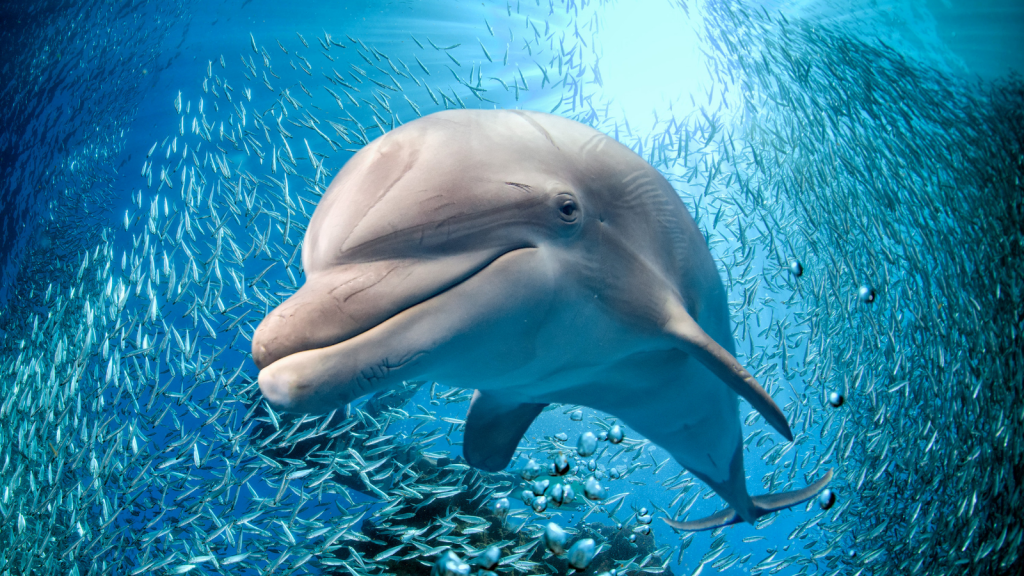Dolphins are among the most beloved creatures in our oceans, captivating us with their playful nature and apparent intelligence. But there’s so much more to these remarkable marine mammals than meets the eye. Their social lives are rich, complex, and filled with surprises that might make you rethink what you know about animal behaviour. From intricate communication systems to lifelong friendships, dolphins have social structures that rival our own in many ways. Ready to dive into the fascinating world of dolphin societies?
They Have Names for Each Other
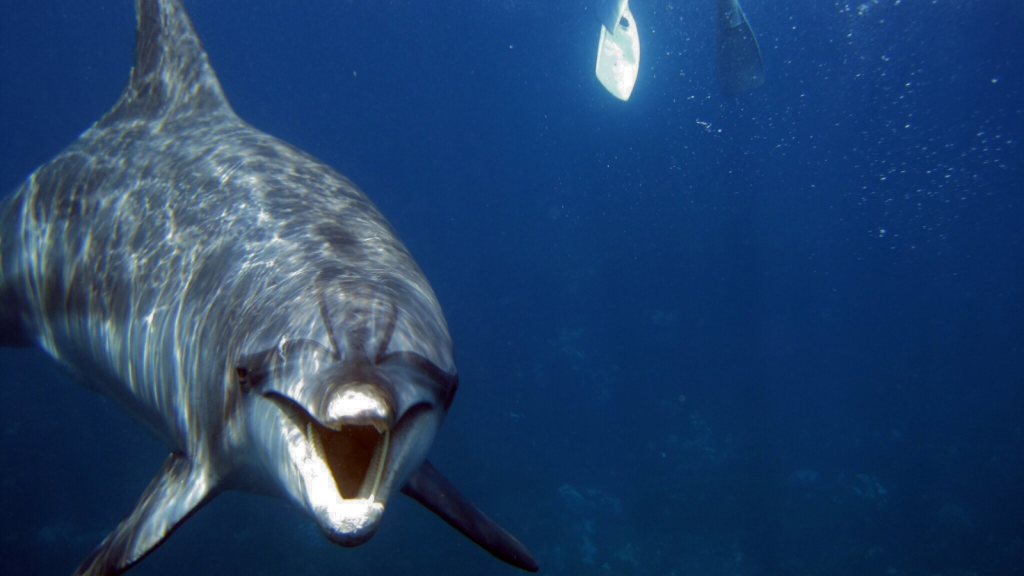
Dolphins use unique whistles to identify themselves and others in their pod. These ‘signature whistles’ act like names, allowing dolphins to call out to specific individuals. It’s as if they’re saying, “Hey, Dave!” across the vast ocean. Remarkably, dolphins can remember and recognise these signature whistles for decades, even after long periods of separation.
Dolphins Form Lifelong Friendships
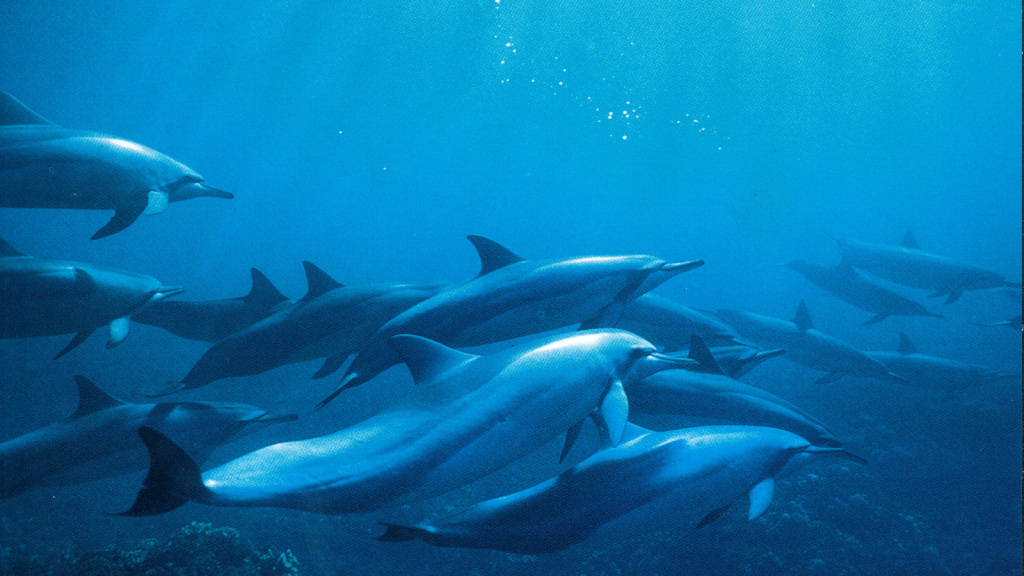
Just like humans, dolphins form strong bonds that can last a lifetime. These friendships often develop between males, who team up in small groups to find mates and protect each other from predators. These alliances can endure for decades. Female dolphins also form close bonds, particularly with their relatives, creating a support network for raising calves.
They Teach Their Young Important Skills
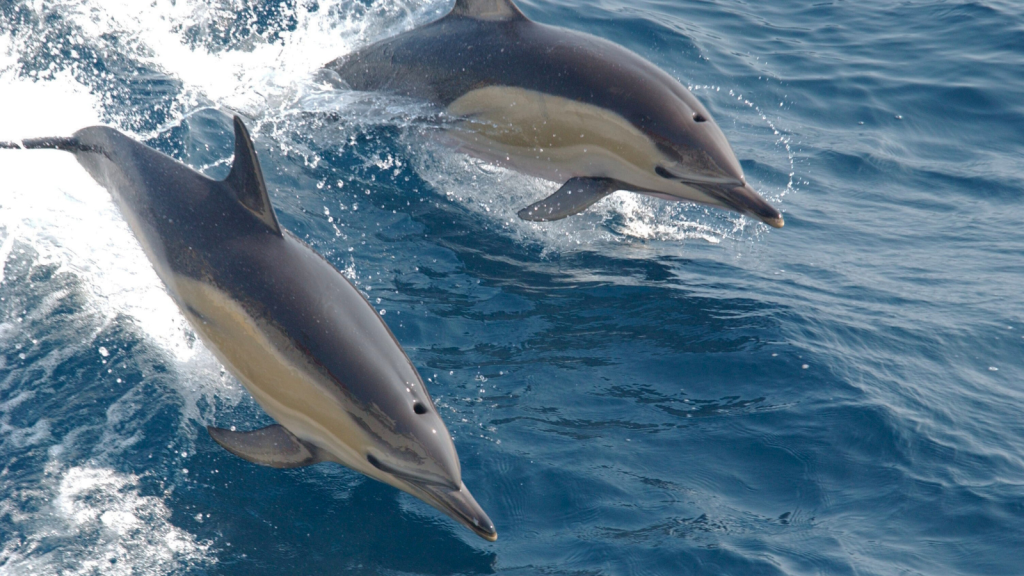
Dolphin mothers are devoted teachers. They spend years showing their calves how to hunt, use tools, and navigate social situations. Some dolphins even pass down specific hunting techniques through generations, creating unique cultures within their pods. This cultural transmission of knowledge is so sophisticated that different dolphin populations can have distinct ‘dialects’ of hunting strategies.
Dolphins Mourn Their Dead
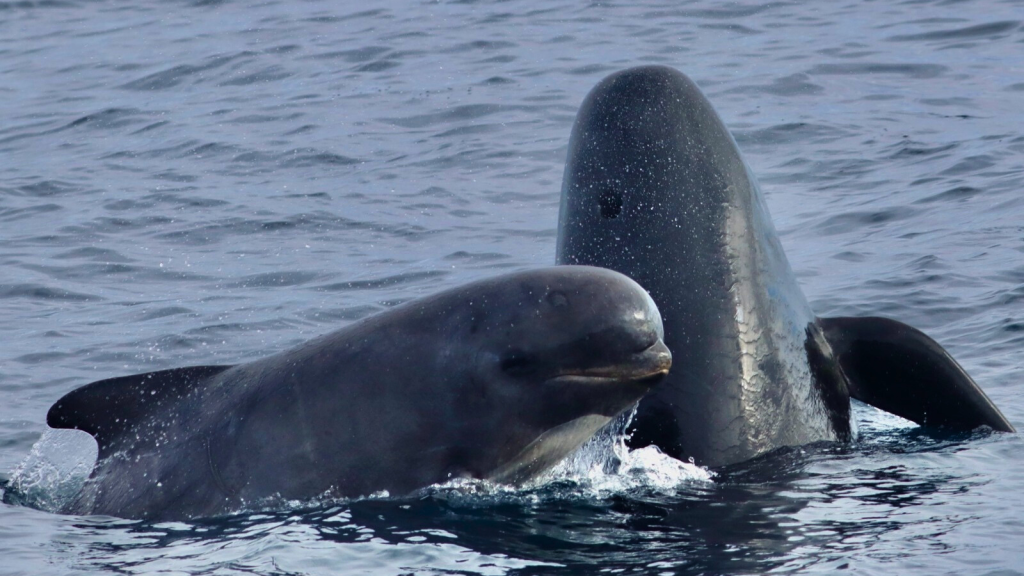
When a member of their pod dies, dolphins often display behaviour that looks remarkably like grieving. They’ve been seen carrying dead calves for days, and groups will stay with a deceased pod member, seemingly unwilling to leave them behind. Scientists have observed dolphins trying to keep dead podmates afloat, suggesting a deep emotional connection to their lost companions.
They Have Distinct Dialects
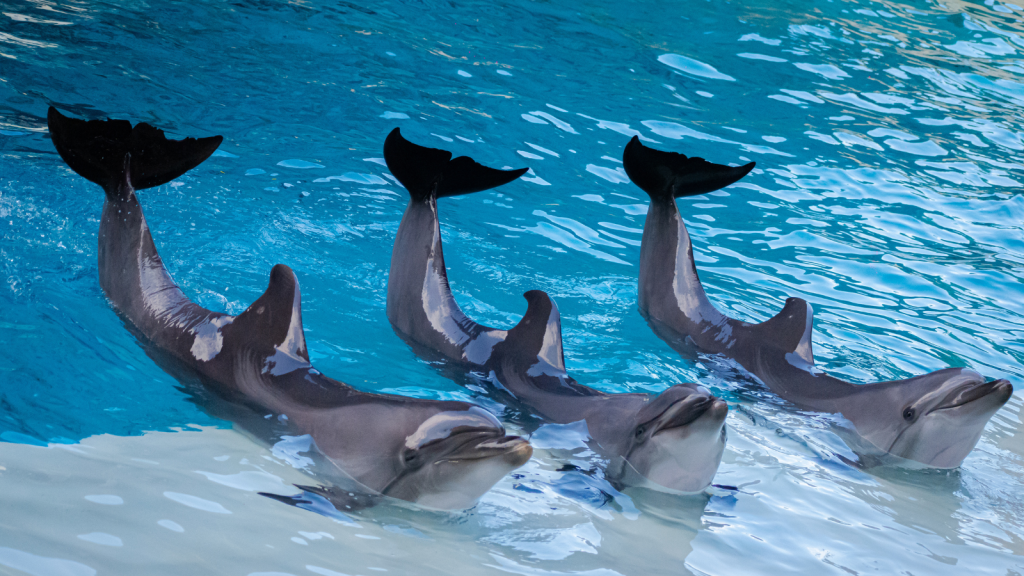
Different groups of dolphins develop their own unique vocalisations, much like human accents or dialects. These distinct ‘languages’ help strengthen bonds within the pod and may even help dolphins recognise outsiders. Some dolphin populations have been found to have over 30 different types of whistles in their vocal repertoire.
Dolphins Engage in Play for Fun
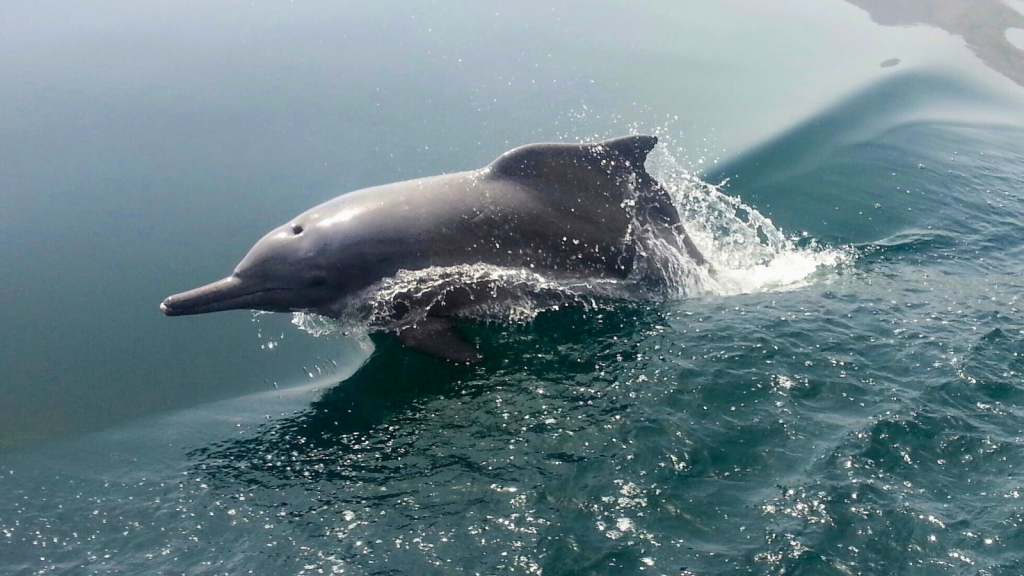
Play isn’t just for young dolphins. Adults often engage in playful behaviour too, like riding waves, tossing seaweed, or blowing bubbles. This play helps strengthen social bonds and keeps their minds sharp. Dolphins have even been observed creating toys out of bubbles, demonstrating their creativity and problem-solving skills.
They Work Together to Hunt
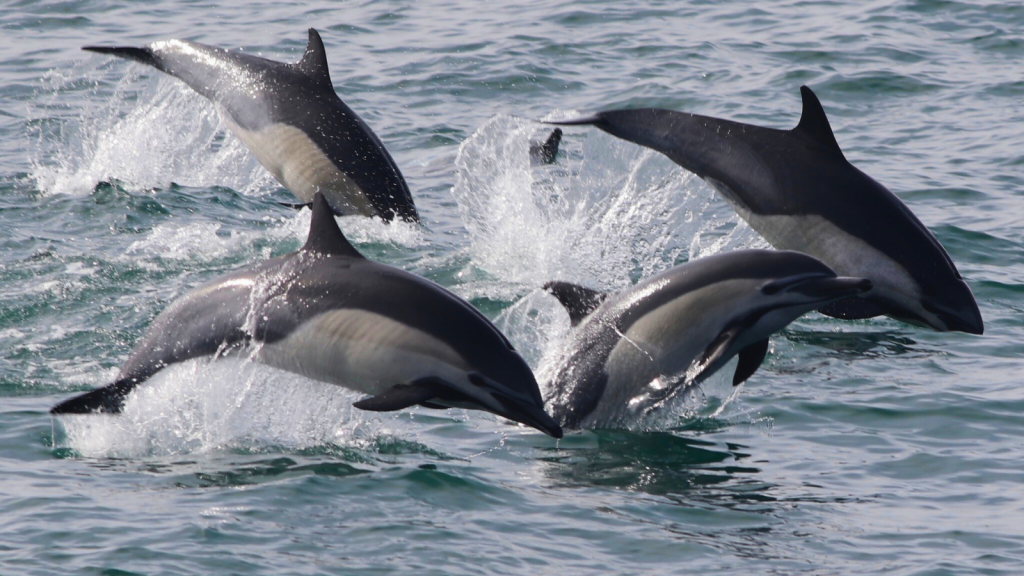
Some dolphin species, like bottlenose dolphins, work as a team when hunting. They’ll coordinate to herd fish into tight groups, making them easier to catch. This teamwork shows their ability to plan and communicate complex ideas. In some regions, dolphins have developed unique cooperative hunting techniques with human fishermen, passing this behaviour down through generations.
Dolphins Show Empathy Towards Others
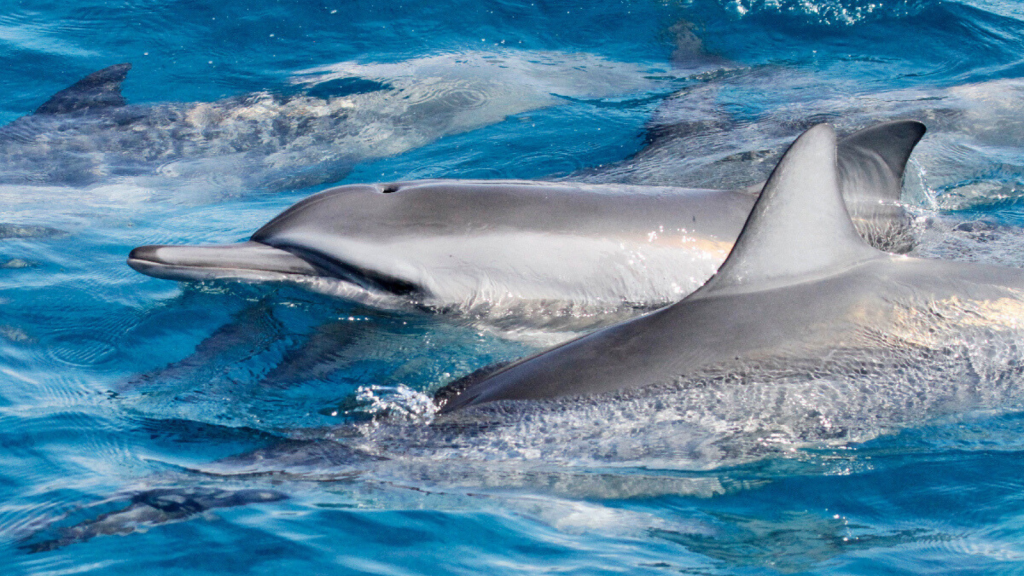
These intelligent creatures have been observed helping injured members of their pod, and even assisting other species in distress. This behaviour suggests a level of empathy that was once thought to be uniquely human. There have been documented cases of dolphins supporting sick or injured podmates at the surface to help them breathe.
They Have Complex Social Hierarchies
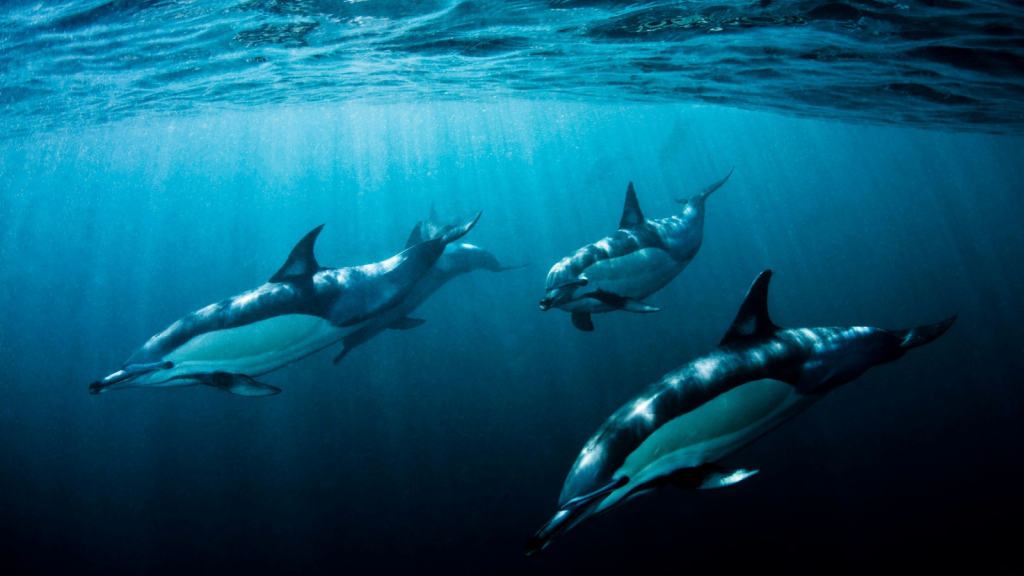
Dolphin pods aren’t just random groups. They have intricate social structures with dominant and subordinate members. These hierarchies help maintain order and reduce conflict within the group. The social status of a dolphin can change over time, and individuals may hold different ranks in different social contexts.
Dolphins Recognise Themselves in Mirrors
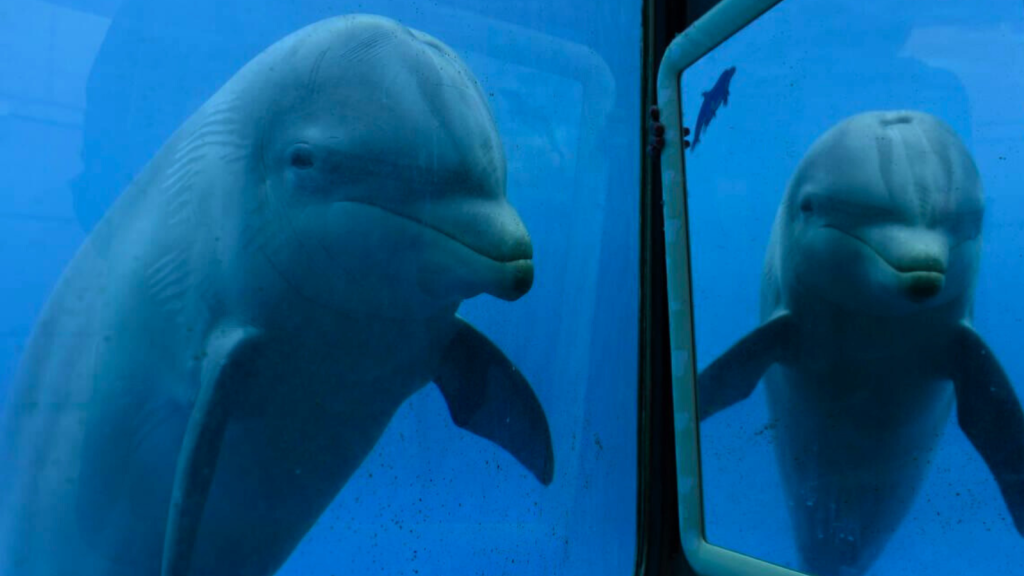
Only a handful of animal species can recognise their own reflection, and dolphins are among them. This self-awareness is a sign of higher intelligence and social cognition. Dolphins have been observed using mirrors to inspect parts of their bodies they can’t usually see, suggesting they understand the reflection is of themselves.
They Communicate Through Body Language
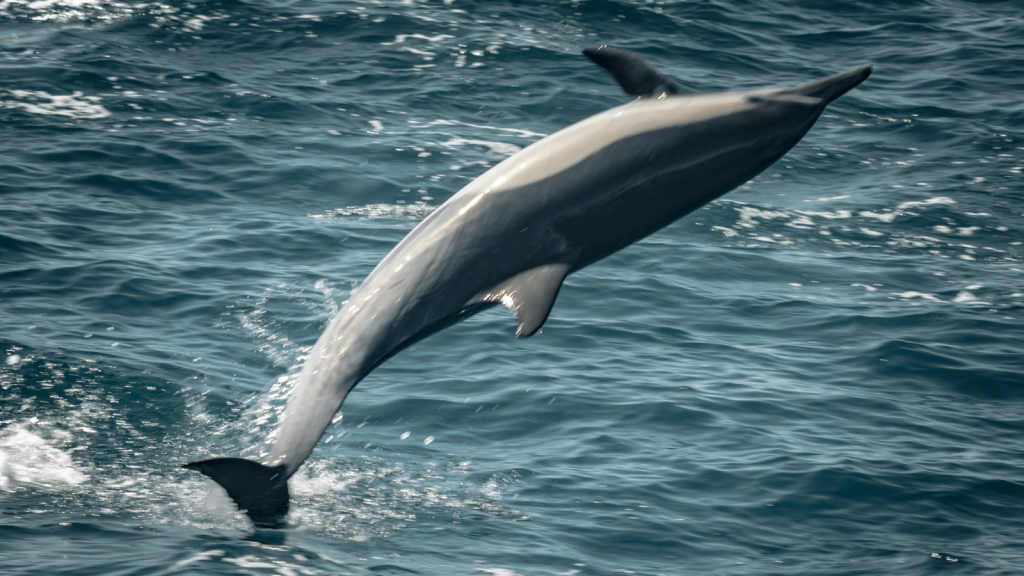
While their vocalisations are well-known, dolphins also use a wide range of body language to communicate. Tail slaps, leaps, and even the direction they face can all convey different messages to their podmates. Some dolphin species have been observed using their bodies to create visual displays in the water, possibly as a form of long-distance communication.
Dolphins Can Remember Old Friends for Years
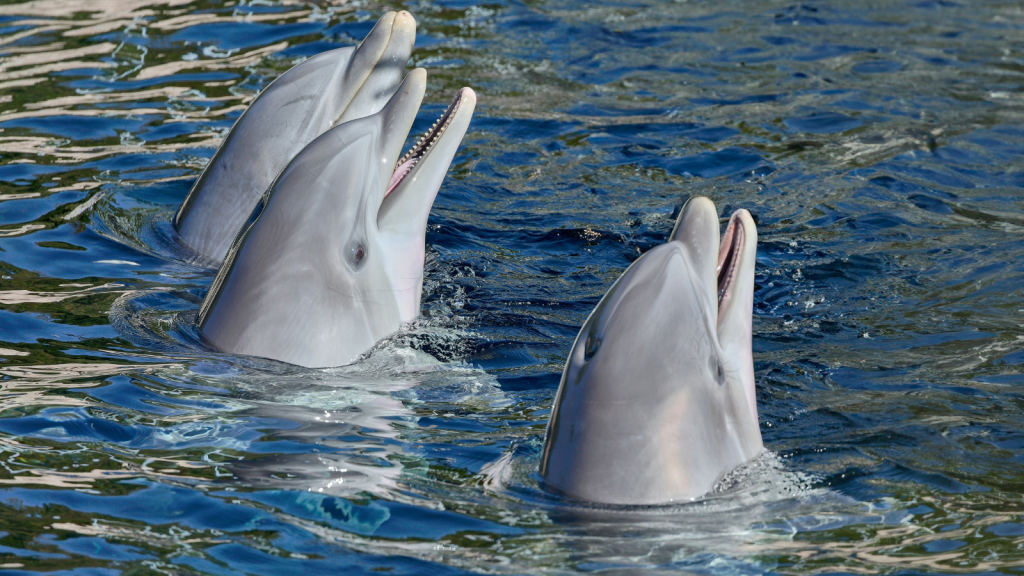
Even after long separations, dolphins can recognise and remember old companions. They’ve been observed reuniting with past podmates and immediately rekindling their bond, showing their impressive long-term social memory. This ability to remember individuals over time is crucial for maintaining their complex social networks and alliances.
Becky is a fervent wildlife enthusiast and pet care expert with a diploma in canine nutrition. Her love for animals stretches beyond the domestic, embracing the wild tapestry of global fauna. With over a decade of experience in animal welfare, Becky lends her expertise to OutlandishOwl through insightful articles, captivating wildlife information, and invaluable guidance on pet nutrition. Her work embodies a deep commitment to understanding the intricate lives of animals and a passion for educating others on sustaining natural habitats. Becky's hands-on conservation efforts and her knack for translating complex dietary science into practical pet feeding tips make her an indispensable voice for creatures great and small.

